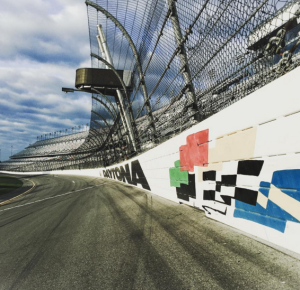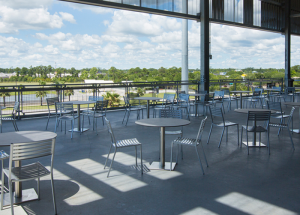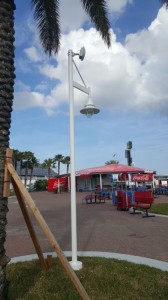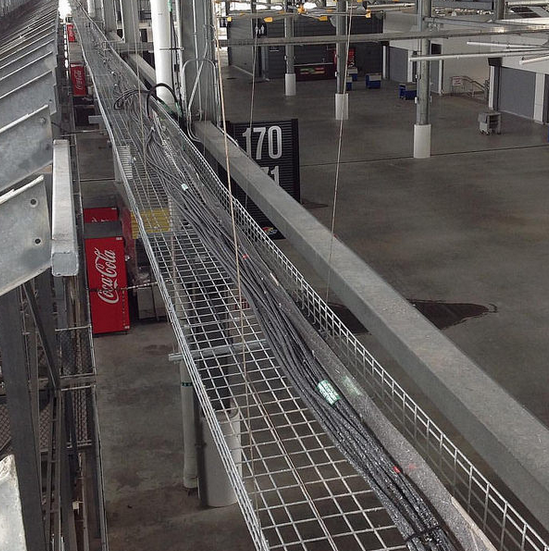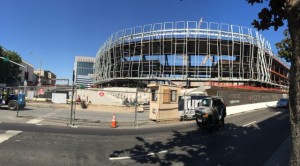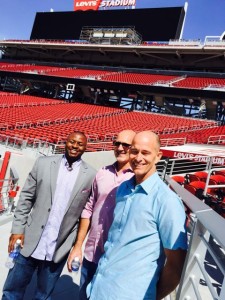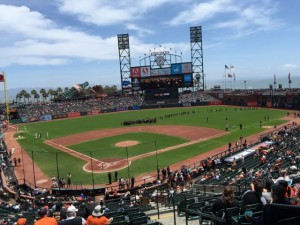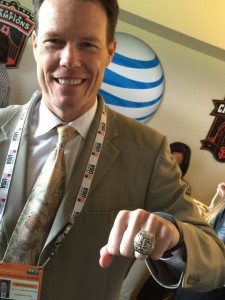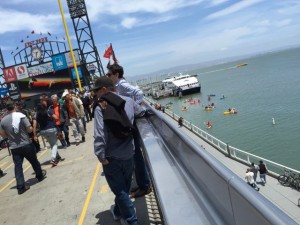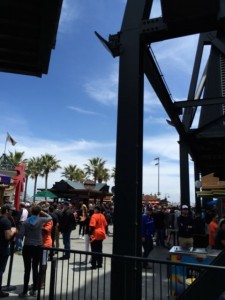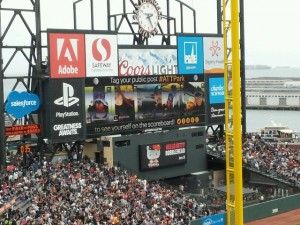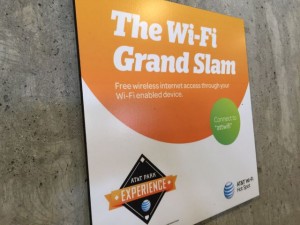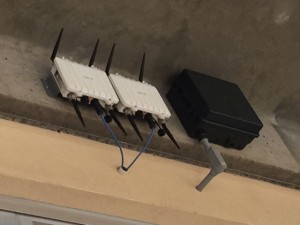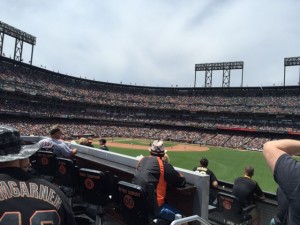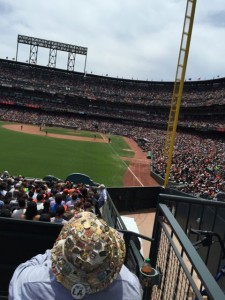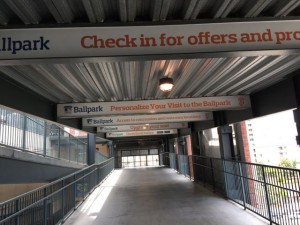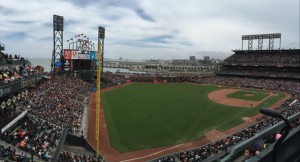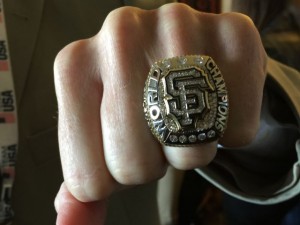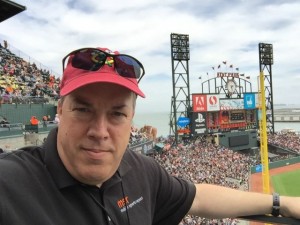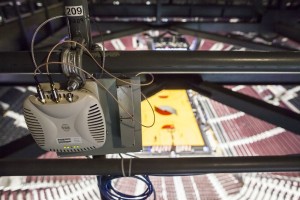Fans at Sunday’s Daytona 500 NASCAR season opener will be able to connect to free Wi-Fi services in the new, wide concourses, suites, and midway area of the newly refurbished Daytona International Speedway, thanks to a new deployment led by Arris International, using Wi-Fi gear from Ruckus Wireless, management software from Aptilo and a new wiring infrastructure from CommScope.
According to Pete Wagener, senior vice president of sales operations at Arris, the already operational “phase 1” of the Wi-Fi network serves the new concourses, the VIP suites and the front-stretch “midway” area behind the seating structure. As part of the $400 million refurbishing of the historical racetrack, the first permanent deployment of Wi-Fi at Daytona was targeted at areas where the 101,500 fans who fill Daytona can congregate, Wagener said. A “phase 2” deployment will bring Wi-Fi to campgrounds and parking areas next year, but a “phase 3” plan to bring Wi-Fi directly to seating areas is still not yet a confirmed deal, Wagener said.
Under the “Daytona Rising” refurbishing of the speedway, the addition of wide concourse areas behind the main seating area and a newly designed “midway” area on the ground level gives fans more areas to congregate, and with video monitors and Wi-Fi, they can stay connected to the action on the track. A new mobile app is also ready for its Daytona 500 debut, with features like live wayfinding inside the stadium and a parking locator, no small thing in the huge lots that are filled on race days.Wagener said the Wi-Fi network has already been tested a couple times, at the Rolex 24 hours at Daytona on Jan. 30 and Jan. 31, and at the Daytona qualifying events earlier in the month. He added that the network management system has already allowed the IT team to make adjustments, adding more Wi-Fi access points (there are now 250 in the current phase) to get ready for the expected traffic on race day.
Planning for future needs now
Putting fan-facing networks into huge race tracks like Daytona has always been something owners were reluctant to do, since it was hard to justify the costs of covering hundreds of thousands of seats that only might be filled with fans a few days a year. Daytona itself had seen some mobile Wi-Fi deployments, mainly to cover areas like campgrounds or parking, but had never brought Wi-Fi into the actual stadium itself.
But now with more events scheduled for the Daytona facility — and a plan to use the Daytona network operations center as the central control unit for Wi-Fi deployments at other International Speedway Corporation tracks — Wagener said that with the highly granular analytics its system will produce, NASCAR will be able to more easily justify the cost of the network through targeted marketing and maybe even charging for higher tiers of service in the future, especially at the campgrounds and parking areas, where fans may want to consume more bandwidth during their overnight stays.
Wagener also said that Arris, which deployed Wi-Fi networks at the Charlotte Arena and at World Cup soccer sites in Brazil, is looking toward more stadium deployments in the future, calling it “the next frontier for our industry.” Best known perhaps for its work providing gear and infrastructure for Comcast’s consumer network, Wagener said Arris brings “carrier class expertise” that is necessary for deployments on the scale of a Daytona Speedway.
In a separate announcement, CommScope said that it was also a partner in the communications infrastructure for “Daytona Rising,” deploying miles of copper cabling and fiber optic lines to support the new Wi-Fi system as well as TV displays and other stadium infrastructure needs.
